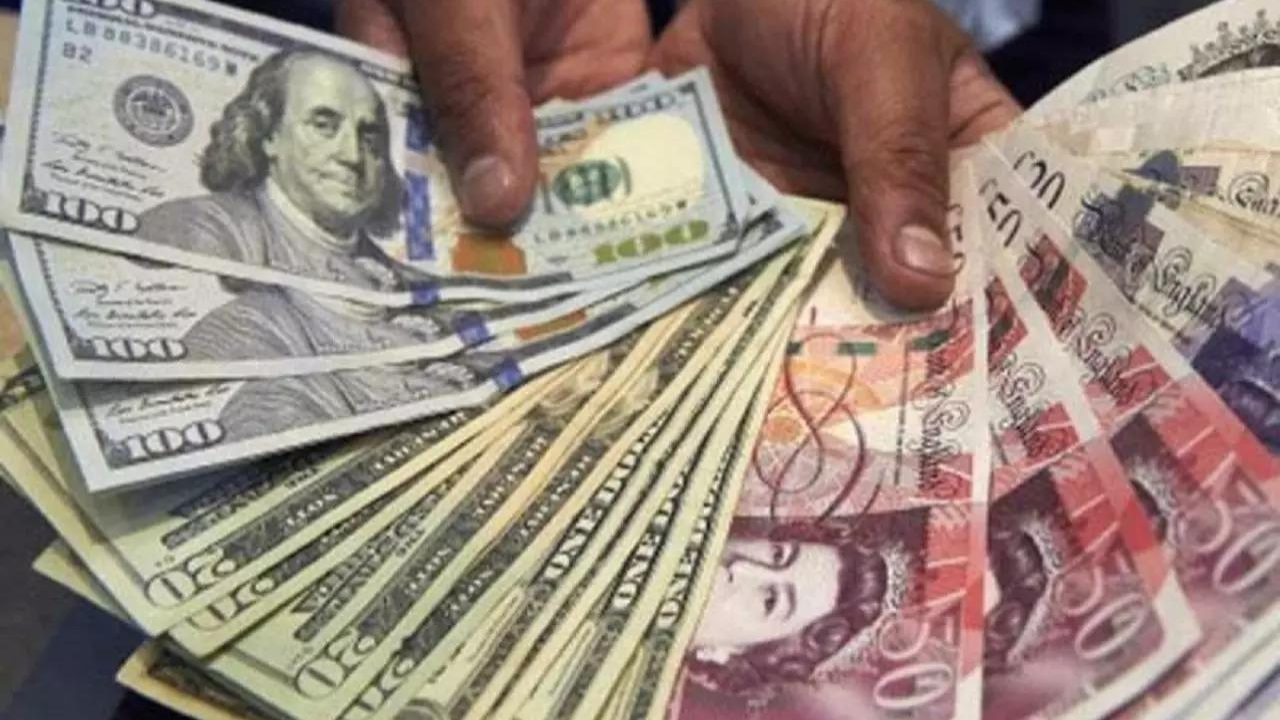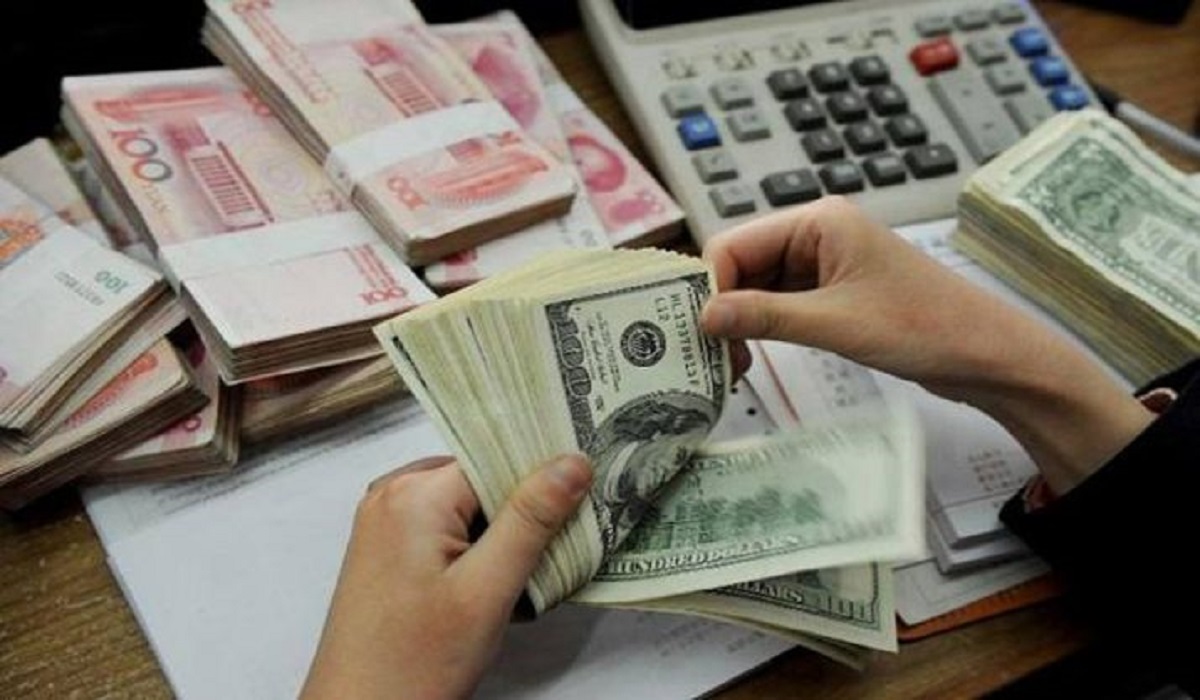India’s Forex Kitty Swells By $12.74 billion to $609.02 billion in 2023

India’s Forex Kitty Swells By $12.74 billion to $609.02 billion in 2023
India’s foreign exchange reserves saw a significant rise of USD 12.743 billion, reaching USD 609.022 billion by the end of the week on July 14, according to an announcement by the Reserve Bank of India on Friday. This is one of the country’s most significant weekly increases in recent memory.
During the previous reporting week, the total reserves grew by $1.23 billion, making the overall amount $USD 596.28 billion. In October 2021, the nation’s foreign exchange reserves reached a record high of $USD 645 billion. However, due to international events, the central bank has been utilizing the funds to safeguard the rupee, causing the reserves to decline. The whole kitty has grown by USD 10.417 billion for the week that ended January 13 of the current year.

As stated in the RBI’s Weekly Statistical Supplement released on Friday, the foreign currency reserves saw a significant increase of USD 11.198 billion, bringing the total to USD 540.166 billion for the week ending July 14.
In the reporting week, the foreign currency assets were stated in dollars and accounted for the increases or decreases in non-US currencies like the euro, pound, and yen, which were held in reserves for foreign exchange. The Reserve Bank of India reported an increase in gold reserves by USD 1.137 billion, bringing the total to USD 45.197 billion. Additionally, the top bank reported an increase in Special Drawing Rights (SDRs) by USD 250 million, bringing the total to USD 18.484 billion. According to statistics from the apex bank, the nation’s reserve position with the IMF increased by USD 158 million, bringing the total to USD 5.175 billion.
In 2023, India’s foreign exchange (Forex) reserves saw a considerable surge, swelling by $12.74 billion to a record high of $609.02 billion. The success underscores the effective economic strategy implemented by the Indian government and the Reserve Bank of India.The following article gives a detailed examination of this progress and what it could mean for the future.

The Forex reserves of India are made up of foreign currency assets (FCAs), gold reserves, Special Drawing Rights (SDRs), and the country’s reserve position in the International Monetary Fund (IMF). The increase in Forex reserves is primarily driven by gains in foreign currency assets, which are a significant component of the overall resources.
According to the latest data, FCAs are measured in dollars and consider the influence of currency fluctuations of non-US currencies like the euro, pound, and yen held in foreign exchange reserves. In 2023, India’s FCAs grew substantially, contributing significantly to the overall increase in the country’s Forex reserves.
India has traditionally been one of the world’s largest consumers of gold, which forms a significant part of its Forex reserves. In 2023, the RBI marginally increased its gold reserves, signalling a cautious approach to adding more precious metals to its resources.
The SDRs and India’s reserve position with the IMF also grew modestly, adding to the overall Forex reserves.
This substantial increase in Forex reserves gives India a cushion to absorb economic shocks related to international finance. Here’s how:
- Import Cover: With increased Forex reserves, India can cover many more months of import costs, expanding the nation’s ability to withstand international economic fluctuations and ensuring it can meet its international payment obligations.
- Buffer Against External Shocks: An enormous Forex reserve is a buffer against potential external financial shocks. It helps maintain confidence in India’s ability to meet its international financial obligations, thereby reassuring foreign investors.
- Helps Maintain Exchange Rate Stability: Large Forex reserves can help RBI intervene in the currency markets to maintain exchange rate stability. This can help curb volatility in the exchange rate, which is beneficial for the overall macroeconomic stability of the country.
- Boosts Investor Confidence: Robust Forex reserves signal a healthy economy to foreign investors, which can attract more foreign direct investment (FDI) and foreign portfolio investment (FPI), critical components for the growth of developing economies like India.

The surge in India’s Forex reserves to a record high in 2023 showcases the country’s macroeconomic policies’ effectiveness and resilience amid global economic uncertainties. However, it’s crucial to note that while large Forex reserves provide a safety net, they are not a panacea for financial challenges. The Indian government and the RBI need to continue their focus on promoting sustainable economic growth and maintaining macroeconomic stability to ensure the economy’s long-term health.





